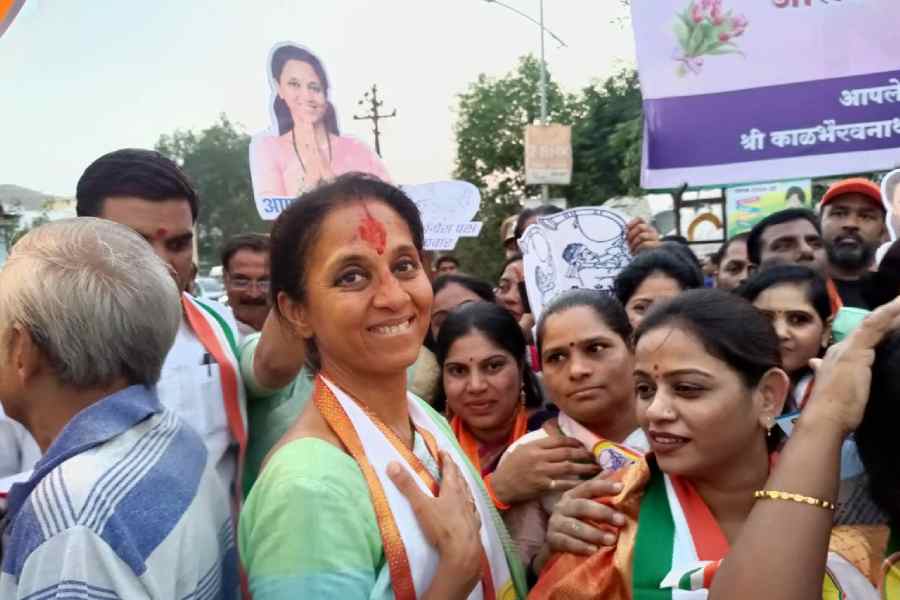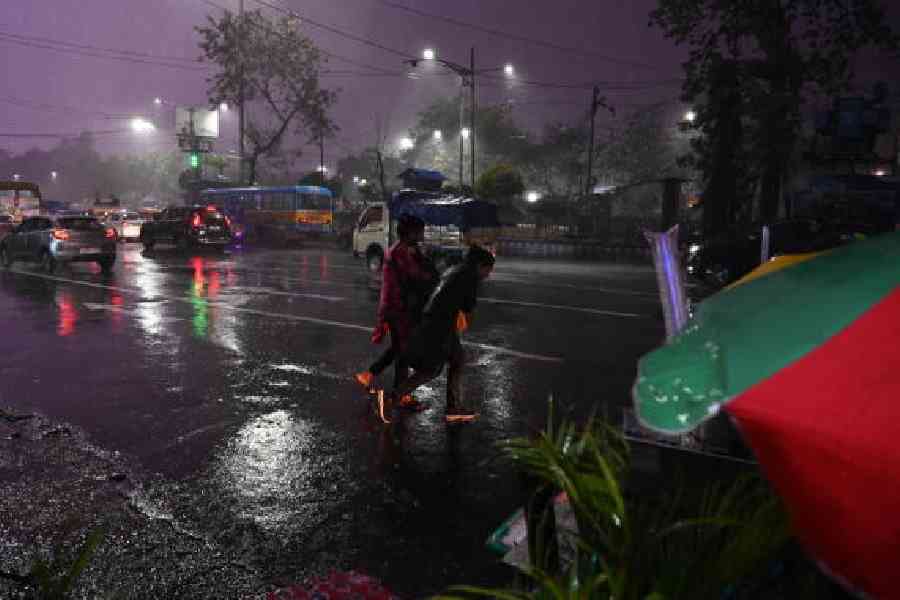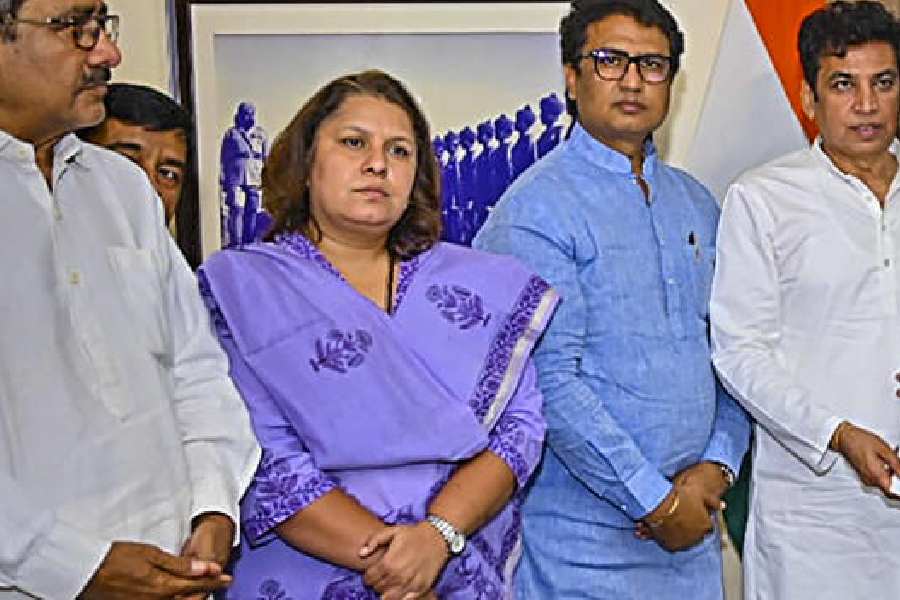Eradicating drug abuse is a challenging task. This is because the malaise continues to evolve, acquiring newer — disturbing — dimensions with each passing day. A pertinent example of this are the changing contours of the drug menace in Punjab. A recent news report has brought to light the layered and shifting nature of the phenomenon: in the 11,156 first information reports filed by the Punjab Police under the Narcotic Drugs and Psychotropic Substances Act, 1985 between April 2022 and February 2023, 10% of the accused were women. The gendered dimension of the narcotics trade is not the only new feature. About one-fourth of the FIRs pertain to the abuse of pharmaceutical drugs that have become a rage among recovering addicts owing to their ubiquity and low cost. Yet another worrying discovery is that the disproportionate surveillance of small-time peddlers has resulted in the lynchpins of the trade going scot-free. Data bear evidence of this: only 275 major dealers were charged against a staggering 2,804 minor seizures during this period. It is true that Punjab, christened ‘dope capital of India’, has witnessed stringent crackdowns by law enforcement agencies under the Aam Aadmi Party government. But these interventions have had limited effect because fresh aspects related to the narcotics trade and drug consumption continue to rear their ugly heads.
The rise in the number of women drug addicts in Punjab — mostly from denotified tribes and disadvantaged segments — a phenomenon that has often been overlooked, opens up a new front in the battle and must be accorded priority. While 3,164 women smugglers have been arrested from the state in the past three years, data on women substance users remain inadequate. Institutional lacunae have intensified the problem. For instance, the state has only one dedicated de-addiction centre for women while the number of women addicts, according to some estimates, is nearly two lakhs. Furthermore, the majority of women smugglers are married, suggesting that women may be taking on prominent roles in the trade to fill in for their spouses. The gender angle, of course, is not independent of the structural conditions — agrarian distress, unemployment, cross-border drug trade and the breakdown of the family structure — that have led to the bloom in narcotics. Policy interventions must acknowledge these intersections and combine punitive
elements, robust policing and better rehabilitative facilities with an empathetic approach towards offenders to tackle the hydra-headed spectre of drugs.










